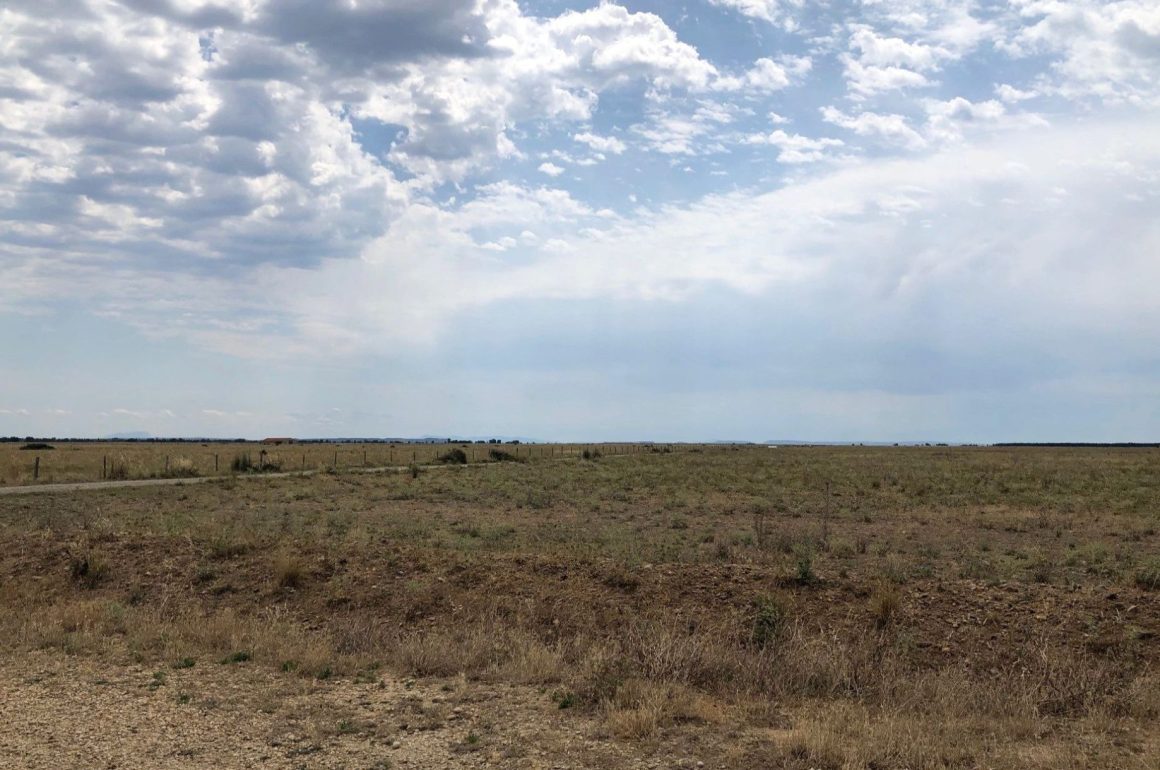
While spending nearly two weeks in southern France for a vacation with my university friends, I could not resist the temptation to sneak away one morning for a small birding outing. I discovered the Coussouls de Crau while digitally scouting the region for birding sites a few months earlier. As the only steppe in France, it offers some very exciting birding opportunities. A few birds occur here that have a very restricted distribution in France. The most exciting species here – and one of my favourite species in Europe – is the Pin-tailed Sandgrouse, which occurs nowhere else in France.
Interestingly, this area is part of an ancient riverbed of the Durance, which changed its course to flow into the Rhône. Before however, the river deposited large volumes of pebbles and other rocks that together with an impentrable layer of minerals inhibits plant roots from accessing the groundwater, leaving behind an area with very little vegetation. At least that is how my not so geologically-inclined brain understood the information boards placed along the tracks through the steppe.
I did not expect to be so fortunate as I ended up being, as I saw nearly all the target birds I hoped for: Pin-tailed Sandgrouse, Little Bustard, Little Owl, Tawny Pipit, and Iberian Grey Shrike. Some other nice species included Red-legged Partridge, Short-toed Snake-Eagle, Stone-Curlew, Great Spotted Cuckoo, European Roller, Corn Bunting, and Eurasian Hoopoe.
Birding conditions were not as easy as I expected though. I arrived at sunrise and within 2 hours, the heat made viewing birds at a distance nearly impossible. Birds were also quite shy, so I tried in vain to get good photos. The only decent photo I got was of a Tawny Pipit. Curiously, it sat on the same sign as another photo I saw on an E-bird checklist of the same area. Clearly its an animal of habit. Or the guardian of the pipeline.
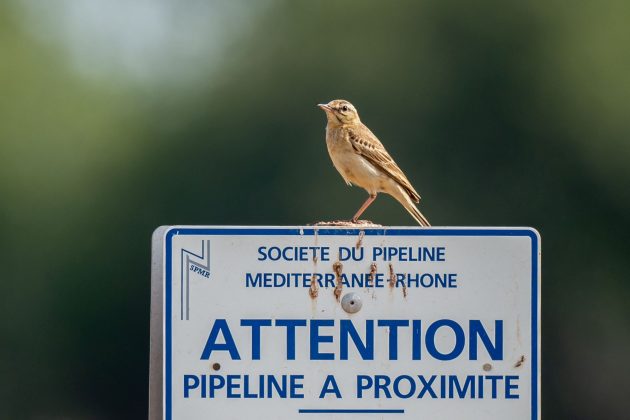
Eurasian Hoopoes were quite common in areas with denser grass. I saw a group of six birds which seemed quite surprising to me. Their bouncing butterfly-like flight above the step was a lovely sight, reminiscent of the Wallcreeper I saw in Germany earlier this year.
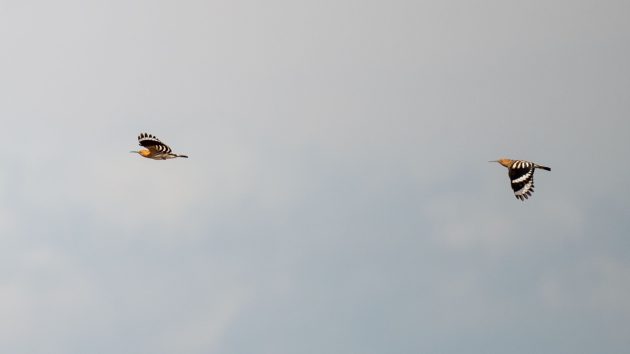
Iberian Grey Shrike is not considered a separate species by all authorities. Regardless of it being a species or subspecies, this bird with its dusky salmon-coloured breast and narrow white eyebrow was fun to watch.
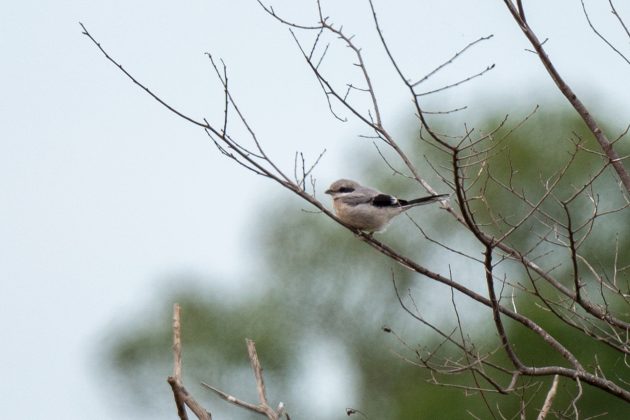
The only target bird I didn’t see was Calandra Lark. I had several probable views of this species in South-East Europe a few years back so I would’ve really liked to get a good sighting of this species, but this will have to wait for the next trip.



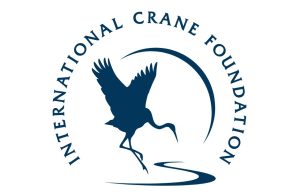
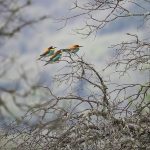
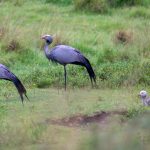
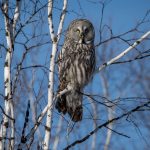


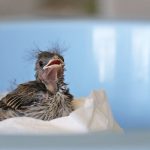
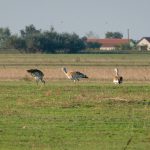
Tawny pipit picture is a classic!